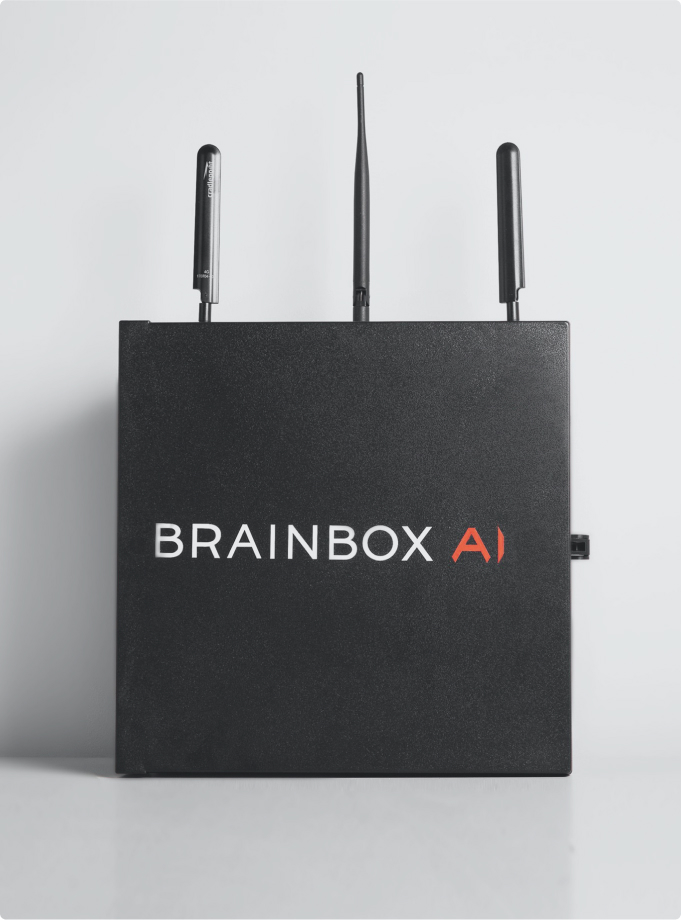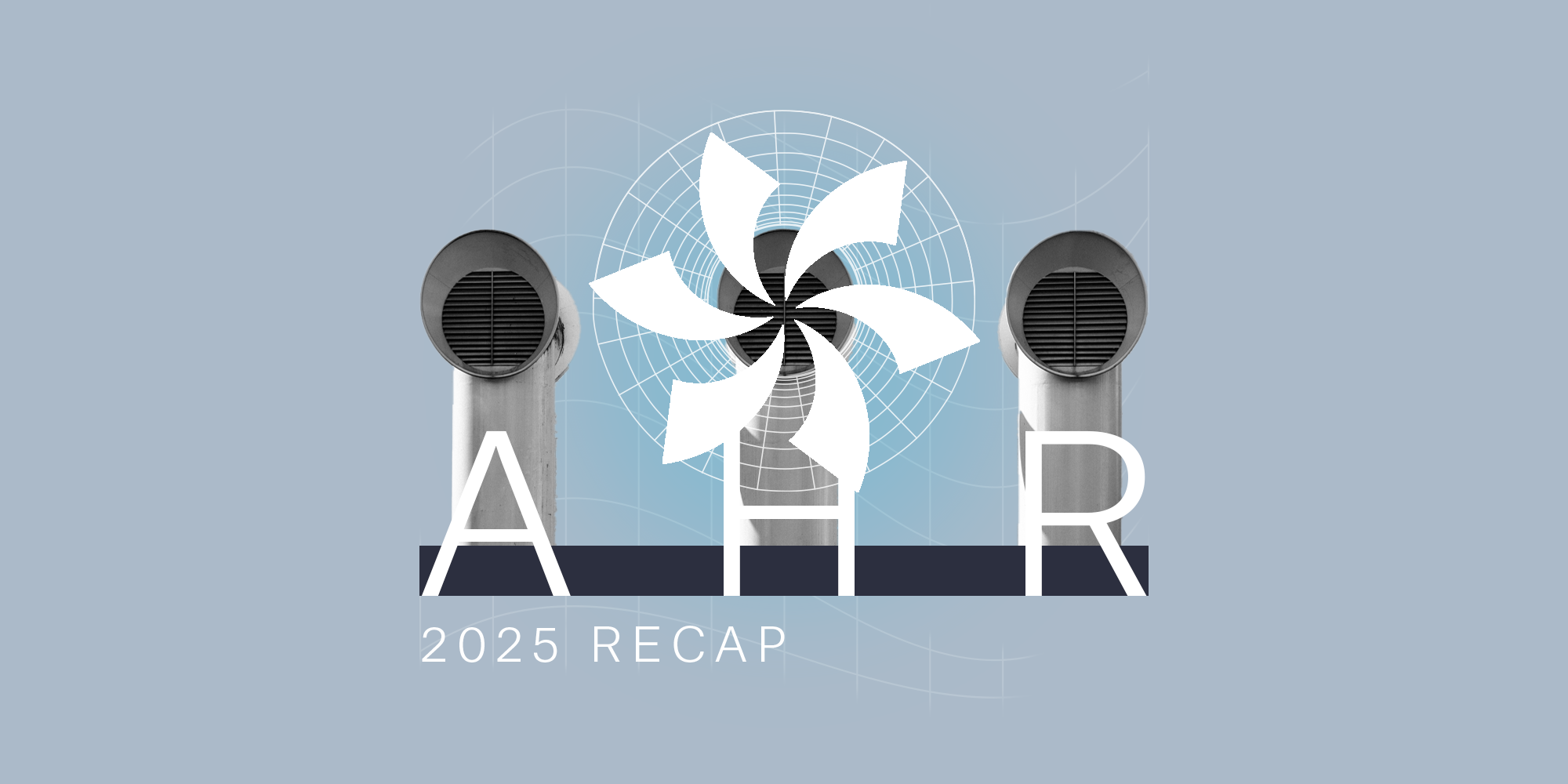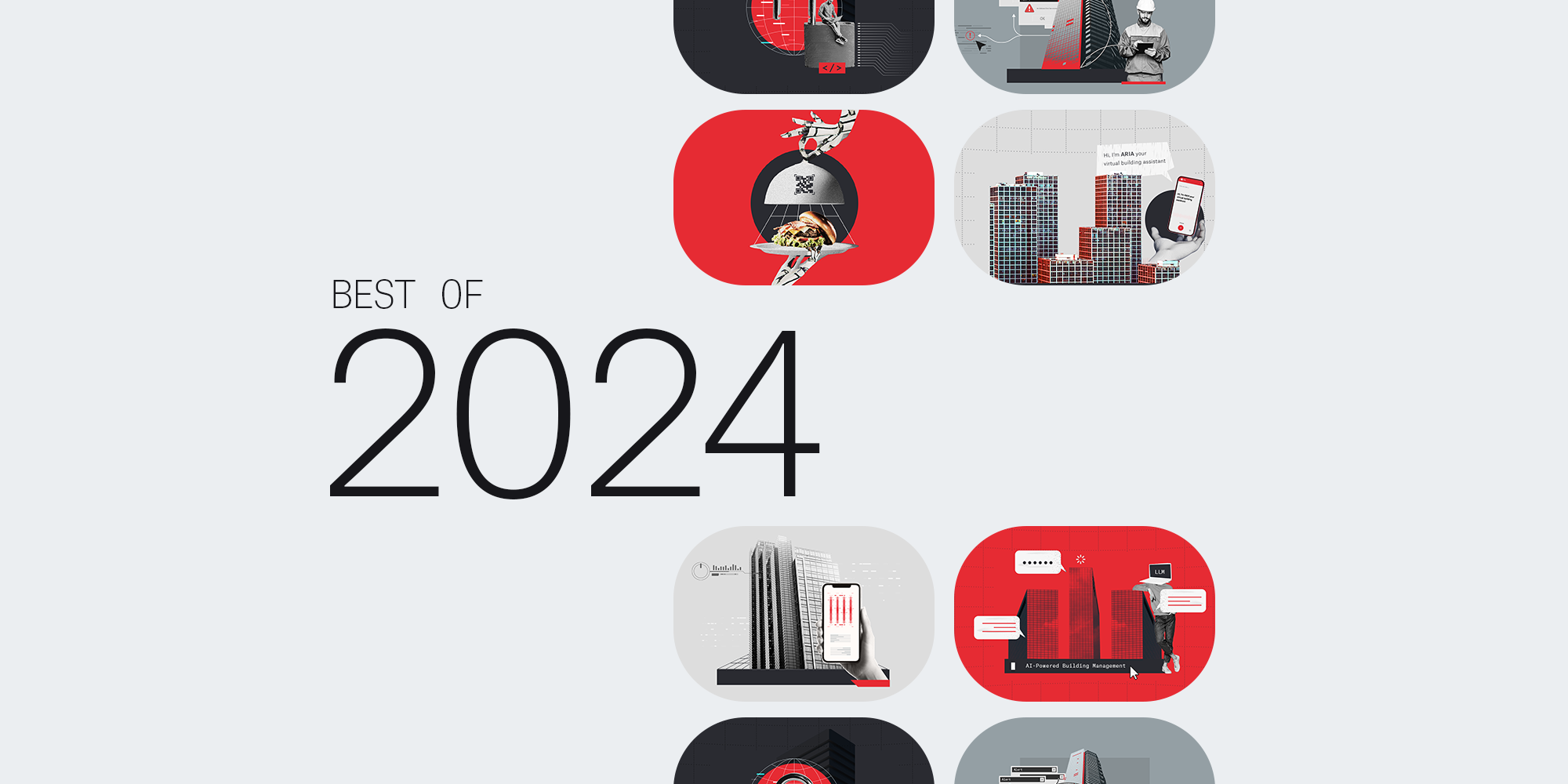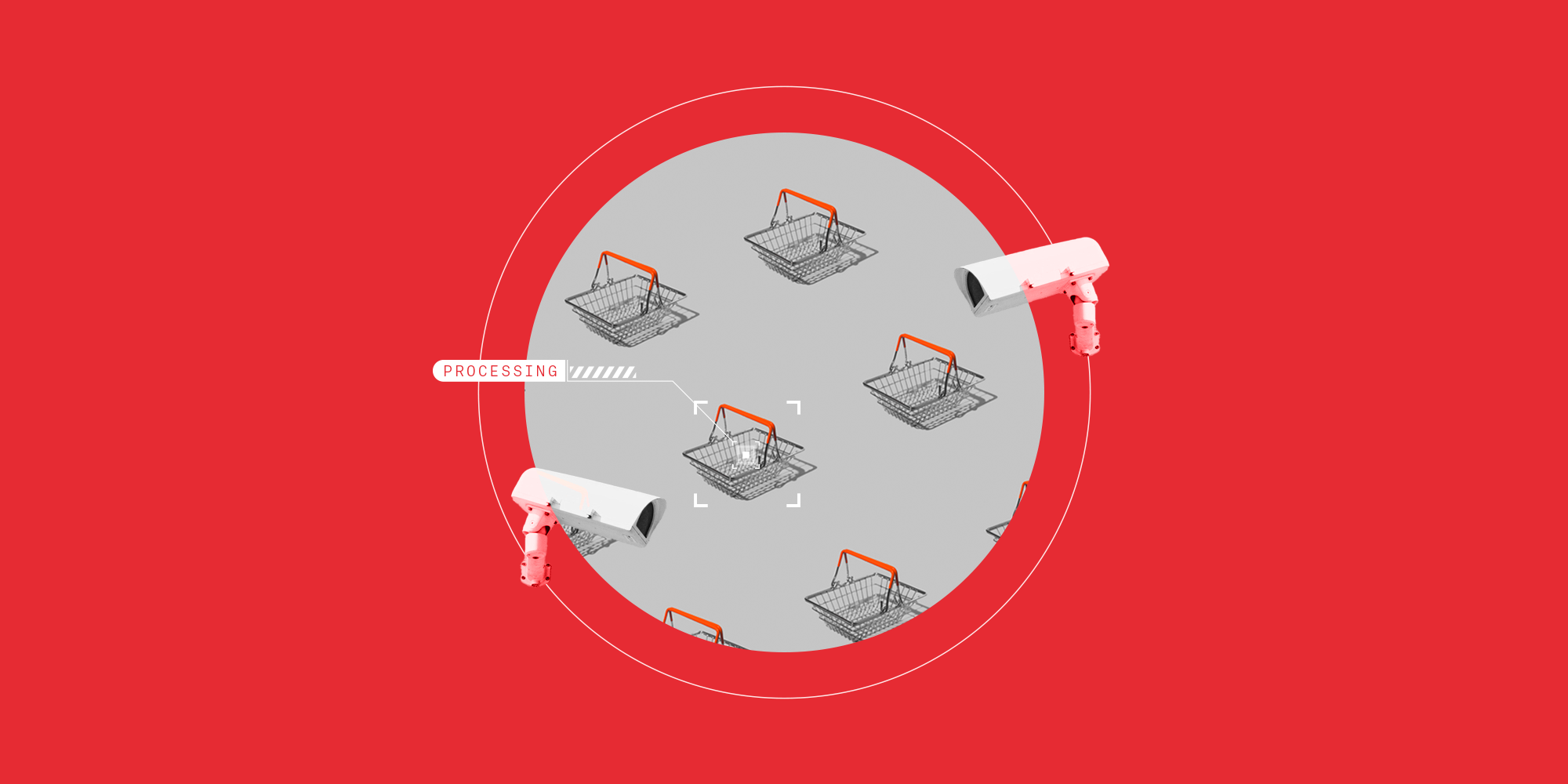6 new building emissions regulations in the US and EU

Key takeaways
- The US and EU are cracking down on building emissions through new and revised building rules and regulations.
- The DOE's latest efficiency rules aim to slash utility bills by $1.9 billion annually while cutting energy use by 10%.
- The EU has overhauled its Energy Performance of Buildings Directive to ensure a zero-emissions building sector by 2050.
- ASHRAE's revised standards introduce ambitious targets for decarbonizing existing buildings.
- Seattle's Building Emissions Performance Standard is aiming for a 27% reduction in emissions from large buildings by 2050.
- The new DOE rules for federal buildings aim to phase out fossil fuels by 90% by 2029.
- Starting next year, LEED v5 will focus on reducing operational emissions and enhancing energy efficiency in buildings.
We’ve said it before and we’ll say it again: Buildings are big polluters. In fact, they account for around a fourth of global energy-related emissions. Recognizing this, a wave of new regulations and policies has been rolling out worldwide to tackle building emissions.
In this article, we’ll look at six of the most pressing and recent policies and regulations reshaping the landscape of building energy efficiency and GHG reductions across the US and the EU.
1. The Department of Energy’s New Efficiency Standards (US)
In a significant move by the US Department of Energy (DOE), four new appliance energy efficiency rules have recently been finalized. These rules, which impact commercial rooftop heating and cooling units, circulator pumps, and more, are projected to save almost $1.9 billion annually in utility bills across homes and businesses.
Set to take effect starting in 2029, these regulations are expected to reduce energy consumption by about 10% compared to current products. The collaborative efforts of industry leaders, consumer groups, and environmental advocates have been pivotal in shaping these future-forward standards.
2. The Newly-Strengthened Energy Performance of Buildings Directive (EU)
The Energy Performance of Buildings Directive (EPBD) stands as a foundational policy in the EU’s strategy to reduce building emissions. The Directive, revised in 2023, sets out a range of measures that will help EU governments boost the energy performance of their most energy-inefficient buildings, with the goal to achieve a fully decarbonized building stock by 2050.
More specifically, the revised EPBD mandates that existing commercial building stock improve their energy efficiency to meet minimum energy performance standards. This is projected to lead to the renovation of 16% of the worst-performing buildings by 2030 and 26% of the worst-performing buildings by 2033.
This Directive will help the EU phase out fossil fuel-powered boilers, the installation of which will not be allowed as of 1 January 2025. It will also introduce a clear basis for Member States to set legal requirements for heat generators based on GHGs and fuel types used.
3. ASHRAE’s Updated Standard for Existing Buildings (US)
The American Society of Heating, Refrigerating, and Air-Conditioning Engineers (ASHRAE) has recently revised its Standard 100-2024 to focus more on decarbonizing existing buildings. This update introduces new benchmarks for setting GHG targets and requires building owners to establish comprehensive energy management plans. The changes align with US city and state mandates that increasingly demand energy and emissions reductions in buildings, making ASHRAE's standards a critical component in the nation’s environmental policies.
4. Seattle’s Building Emissions Performance Standard (US)
Taking a local approach, Seattle has implemented a new Building Emissions Performance Standard (BEPS), which targets the city's largest existing buildings. The regulation applies to existing commercial and multifamily buildings larger than 20,000 square feet and is projected to reduce building emissions by 27% by 2050. The legislation will mandate the gradual reduction of the city’s building emissions through stringent performance standards, setting a pretty bold precedent for other cities aiming to reduce their carbon footprints.
5. DOE’s Energy-Saving Rules for Federal Buildings (US)
Further emphasizing the role of policy in sustainable building practices, the DOE set new energy-saving rules for federal buildings on the 24th of April. These new rules require federal building construction or major renovations to phase out fossil fuel usage by 90% between 2025 and 2029, with the goal to completely eliminate on-site fossil fuel usage in new projects beginning in 2030.
If successful, DOE estimates that these new rules could reduce carbon emissions from federal buildings by 2 million metric tons and methane emissions by 16 thousand tons—an amount roughly equivalent to the emissions generated by nearly 310,000 homes in one year.
6. Leadership in Energy and Environmental Design (LEED) v5 (US and worldwide)
Set to be officially released in early 2025, the US Green Building Council (USGBC) introduced the latest draft of LEED v5 earlier this month. This latest version emphasizes reducing operational emissions and improving the energy efficiency of buildings. The new rating system awards credits for efforts like electrification, peak thermal load reduction, and renewable energy use, reflecting a comprehensive approach to building decarbonization.
It also emphasizes impact, alignment and interconnectedness to support initial and ongoing sustainability efforts throughout a building’s lifecycle, supported by more sustainable building operations, maintenance, design, and construction. It’s also said that LEED v5 will equip project teams with key information to guide goal setting and project delivery, including assessment methodologies for climate resilience, carbon emissions, and social equity. LEED v5 users will also receive a LEED Impact Report that will help them measure, manage and communicate their project’s performance, enabling them to improve their performance over time.
Want to stay in the loop on the latest building energy trends and emissions regulations?













